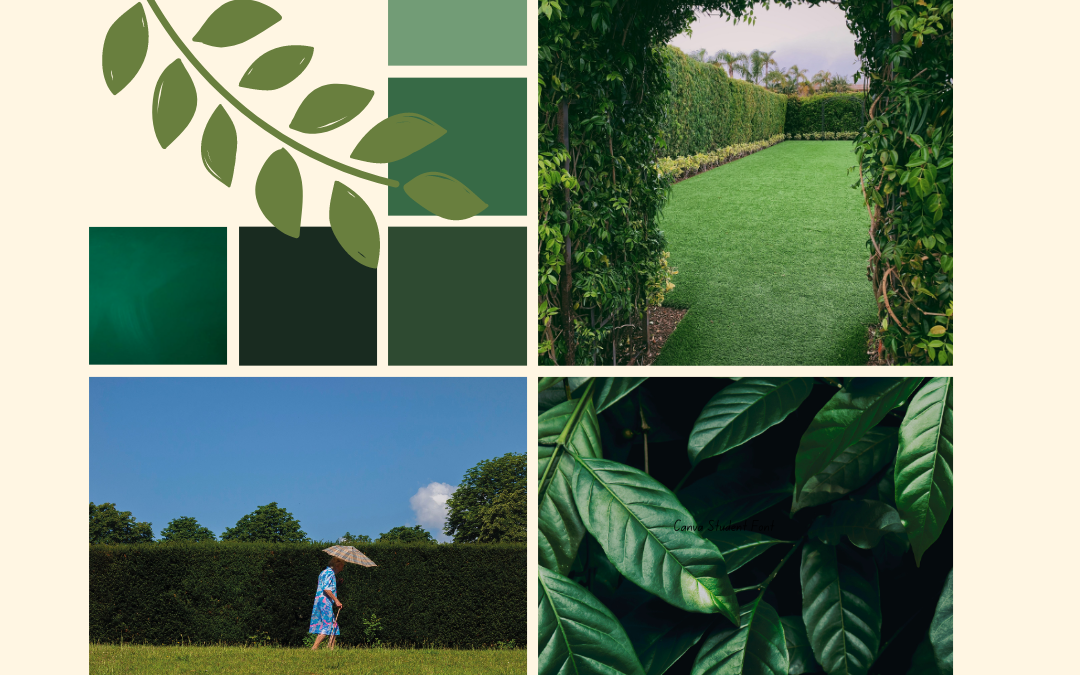Hedges create stylish boundaries but also help divide a garden into ‘rooms’, giving the space architectural structure. Hedge partitions also work well offset either side of a garden, create informal divisions, breaking up a long thin garden, for example, and creating a private nook for a seating area. And hedges are also useful for neatly screening compost bins or sheds.
The crisp clean lines of a well pruned-hedge is also a perfect backdrop to softer, herbaceous planting. Even in the smallest garden, tucking a bench behind a small hedge will create a fun, private space to hide away for a quiet moment. There’s a wide range of plants that work as hedges. Here are a few to consider:
Evergreen options: Yew creates a fabulous dark green hedge that can be tightly clipped. Portuguese laurel, griselinia and pittosporum varieties also work well.
Deciduous hedging: Native hornbeam and beech (copper beach is also lovely) are great if you want something that changes with the seasons from fresh spring leaves to autumn colour and finally brown foliage that’s often retained through winter
Flowering shrubs: Escallonia, choisya, camellias, rosemary, roses such as Gallicas or even hydrangeas can be used as a hedging. Native hedging made of plants such as hawthorn and dog rose are full of colour and great for biodiversity.
Ornamental grasses: Calamagrostis ‘Karl Foerster’, miscanthus and pennisetum, make lovely hedges with movement and texture. These can be layered in front of an evergreen hedge to seasonal interest.
Autumn and spring are good times for planting hedges, but now is a good time to do some advanced planning by noticing what hedging you like and what will work in your own garden.

